MANAGEMENT OF THE DEVELOPMENT OF LEAN-PERSONNEL IN THE CONDITIONS OF VARIABLE VUCA EDUCATIONAL ORGANIZATION ENVIRONMENT
Abstract
The article discusses the model of human resource management in the transition to the principles of "lean production". The problems of the effective use of personnel in educational organizations are updated with the use of tools of the concept of lean manufacturing. The author analyses modern and rational lean technologies, recommended for testing in the system management of an educational organization (5S, standardized work, lean leadership and standardization, value stream map, embedded quality, problem solving system, PDCA, Kaizen, TQM, Hoshin kanri), and suggests a functional model of development system management and staff training in lean manufacturing. As a result, the article presents some project proposals for the rationalization of personnel activities in the implementation of lean manufacturing in the changing VUCA environment of an educational organization.
Keywords: lean manufacturing, lean-personnel, lean-technologies, lean-culture, effective management, human resources management, VUCA environment, training model for managers and employees, managerial competencies
Introduction
Nowadays, in a highly competitive environment regarding the volatility of technological and informational markets, educational organizations (primarily, universities) are forced to constantly review and optimize their processes to optimize costs and increase their efficiency. Nevertheless, many of them make a typical mistake: they try to implement institutional lean-changes, firstly, without developing the strategy for human resources management, secondly, without preparing a comprehensive plan to overcome the resistance of personnel to such institutional changes, thirdly, the ‘simplest’ way is that top-managers offer the employees to answer the question: what is ‘lean philosophy’ and what concrete results would they receive from the implementation of lean technologies?
Volatility is an integral part of existence under the constant saving of human resources, their increased costs. One of the main tactical tasks of modern educational organizations is the improvement of the development and use of personnel in a VUCA environment and the transition to the principles of lean production.
VUCA environment is:
V → Volatility (нестабильность);
U → Uncertainty (неопределенность);
C → Complexity (сложность);
A → Ambiguity (двусмысленность).
Productive resources of the educational organizations (especially regional) are limited and include capital, technology, materials, and time. But at the same time, any institution, regardless of its status, has one practically unlimited and mobile resource – the intellectual potential (capital) of its employees. The stability and ability to confront market challenges depend on top management being able to consider, motivate, develop and apply this potential benefit to the organization and the employees.
Objective. To develop a functional model of management of the system of staff training, considering the specifics of the personnel management of educational organizations, in the lean manufacturing conditions. To recommend project proposals for streamlining of personnel activities in the implementation of lean technology in a changing VUCA environment of an educational organization.
Materials and Methods. The development of lean manufacturing in accordance with the focus on the innovative type is characterized by increasing the role of scientific knowledge, innovations, information technologies and availability of ‘lean’ infrastructure directed at the creation and dissemination of a new mobile knowledge. The assessment of the level and dynamics of innovation activity within individual educational organizations, in general, makes it possible to determine the real state, trends and the level of differentiation of the development of lean manufacturing technologies.
The effectiveness of lean technologies used in the management of educational organizations is characterized by several commonly accepted indicators, including particularly the level of innovative activity of institutions and the criteria of a lean educational organization. In the analytical part of the study, the level of differentiation and the dynamics and sustainability of the indicators listed above are examined. The methodological framework of the study is based on the deriving temporal trends of the dynamic series and the assessment of their variability along with methods of structural and comparative analysis. During the development and justification of the model of management of the system of staff training under the conditions of lean technology, a comparative analysis and expert evaluation were used.
Discussion
The concept of personnel management and behavior is based on a steady desire to eliminate all types of losses [Tretyakova, L.A., Tselyutina, T.V., 2015; Womack, J.P., 1991]. The analysis of the concepts of lean technology has allowed us to make recommendations for strengthening organizational behavior, developing communication and information channels between top, middle and down management and training skills of delegated cooperation by HR managers, which also include the possibility of adopting of lean production for all personnel categories.
The results of the management of innovative potential largely depend on the effectiveness of management activities, which must be properly modeled and ensure the formulation and implementation of the best development option and competitive advantages. Among the strategies to strengthen the effectiveness of management of staff development, based on the usage of low-cost activities, optimization of the management system through standardization and integration of management systems and applying of a progressive competence model of managers to create a management system should be noted. [Tretyakova, L.A., Tselyutina, T.V., Trembach, I.V., Govorukha, N.S 2015; Tretyakova, L.A., Tselyutina, T.V., Zakharov, V.M., Govorukha, N.S., 2015].
When solving the problem of improving the efficiency and competitiveness of their development, educational organizations need to focus on three basic elements (effective use of human resources; effective personnel management; efficient production), while maintaining the importance of the fundamental, strategic basis – the personnel. (Fig.1).

Fig. 1. The management model of the development and use of personnel in the conditions of lean manufacturing [compiled by the author]
The Lean philosophy of continuous improvement provides an alternative to large, long-term reorganizations being developed using the top-down approach but rather offer less global, but continuous improvements that not only change things for the better, but also pass the opportunity to positively influence the conditions and results of their work to the employees themselves, turning them from passive сontractors to active participants of educational and production process (as generators of ideas and rational proposals) [Anderson, C., 2006; Von Krogh, G., 2000].
We would define the main, from our perspective, directions – from the start of the project to the formation of a lean culture
The first direction is the development of people:
- Social responsibility;
- Leadership, teamwork, lean-leadership;
- Leadership standardization;
- Visualization;
- A system of constant improvements;
- Training system;
- Training Within Industry (TWI);
- Identifying and solving problems (Plan-Do-Check-Act − PDCA);
- Development of production systems;
- Policy management Hoshin Kanri;
- Mutual trust and respect;
- Safety and environmental friendliness of labour [Grosman, M., 2000];
- Culture of corporate communication, delegation of authority, briefings, etc.
The second direction is the development of processes:
1) Diagnostics / certification based on the value stream mapping (VSM);
2) Visual management and organization of workplaces;
3) Management of value streams;
4) Just in time;
5) Standardized work;
6) Total Productive Maintenance (TPM);
7) Quick changeover (Single-minute exchange of die, SMED), increasing the equipment availability;
8) Unidirectional flow and leveling;
9) Embedding quality in the process;
10) Storm breakthrough;
11) Statistical methods and Six Sigma [Lynne Hambleton, 2007];
12) Lean-office and lean-design,
13) Efficient logistics, lean-accounting, calculation of efficiency, etc. [Mayo, A., 2012].
We would highlight the specifics and characterize the main elements of the model we have developed − model of increasing the efficiency of the activities of heads of educational organizations based on lean production principles, consulting seminars and trainings (Fig. 2).
The basic element of the modern model of the development of organizations should be efficient production, which includes an obligatory subsystem of lean manufacturing. In our view, all business processes and key productivity indicators should be formalized, a risk-based development strategy and a top management motivation system should be formulated, as well as other structural provisions regulating the development and strengthening of organizational behavior management subsystems should be established. In addition, it is necessary to exclude the ‘dead’ documentation and strategies, taken out of the context of the methodology for the development of personnel management.
Lean technology involves not only the manufacture of products (‘lean manufacturing’), but also management (‘lean management), administration of all business processes, documentation flaw (‘lean office’), production and experimental design (‘lean development’) [Kaplan, R.S., 1992; Kollins, J.C., 1994].
We should also mention the fact that manufacturing is a lean self-organization of personnel based on lean thinking related to the culture and mentality of all employees of an educational organization.
Развитие процессов бережливого производства | Проектный консалтинг (достижение цели в пределах согласованных сроков и бюджета) | Сертификация руководителей и специалистов по устойчивому развитию | Дистанционный лидер-коучинг (руководства). Целевая корпоративная программа устойчивого развития через многоуровневое обучение действиям и проектный офис |
Процессный консалтинг (достижение процессной цели) | Разработка системы мотивации на принципах бережливого производства. Защита проектов устойчивого развития и совершенствования | Дистанционная поддержка проектов (коучинг процессной группы). Комплексная корпоративная учебно-практическая программа развития ПС | |
Экспертный консалтинг (анализ процессов, выработка будущего состояния и дорожной карты) | Тестирование руководителей и специалистов | Адаптированные учебные мультимедиа-материалы. Дистанционное обучение. Корпоративные тренинги-практикумы по адаптированной программе. Штурм-прорывы | |
Экспертиза проектов и программ на собственной площадке, выработка рекомендаций | Самооценка уровня развития производственной системы. Мониторинг программы | Учебные мультимедиа-материалы. Дистанционное обучение по корпоративной программе. Корпоративные тренинги-практикумы по авторской программе | |
Экспертиза и разработка документов и методических материалов | Самооценка уровня развития руководителей и специалистов | Методическая литература и периодика. Агитационные материалы. Корпоративные семинары и конференции | |
Развитие персонала, моделирование карьеры, управление талантами, тайм-менеджмент, майнд-менеджмент, самообучение, самомотивация | |||
Fig. 2. Model for training managers and employees for a new concept of lean manufacturing [compiled by the author]
Despite the multidirectional function of the ‘lean’ concept, employees play a significant role in its implementation as a strategic resource for the effective development of the organization. The concept of lean manufacturing focuses on the importance of respecting employees and creating ways that staff can think and propose improvements. [Kaplan, R.S., 1992]. The head of the organization would be able to achieve the goal of joint activity due to the multiplication of his physical and intellectual abilities at the expense of the collective abilities of his subordinates and would use these abilities purposefully. This is the main task of the head of any management level. The inability to build interpersonal relationships, dislike for the partners and a lack of one’s self engender initiative, indifference and a feeling of permissiveness. Awareness of the need to urgently address the problem of improving people's behavior is the basis for optimizing corporate culture in organizations and strengthening loyalty. Recently, it has become relevant and prestigious to talk about the formation of employee’s loyalty to the organization and the development of strategic methods for retaining valuable employees [Becchetti, L., 2008].
We would select HR-ideas for the effective implementation and development of lean technology in a changing VUCA environment of educational organization:
1. Involvement of staff. Mutual trust and respect.
2. Leadership.
3. Teamwork and mobile management of organizational behavior.
4. Rational offers.
5. Proper personnel policy. The system of constant improvement. Social responsibility. Staff motivation.
6. Management of change of consciousness and responsibility.
7. ‘Just in time’ competence.
8. The ability to see the losses.
9. Training of specialists. Training for development and self-realization (not for ‘imitation’ and reporting). Continuous improvement.
10. Culture of meetings and briefings. The culture of construction ‘leader-employee’ communication.
11. Scientific organization of labor.
12. Teaching methods and knowledge transfer.
13. The initiative.
With a degree of conditionality, we would present the optimal competencies for managers, including managers of educational organizations, which are updated and lobbied in the most popular competency models (fig. 3).
Evaluation and development of professional competencies of a manager is a guarantee of effective work and labor activity of employees. The growth rate of the new complicated regional economy and the trends in the labor market are determined by the natural resource and human potential, and, above all, the competence profile of managers and top-managers. Social processes (modification of management models in educational organizations, transformation to lean manufacturing principles, changing in consumer preferences), technological innovations (implementing of information and communication technologies, automation and the emergence of new technologies in general), dynamics of institutional changes, focused on the transformation of labor activity, fundamental changes in the practice of development, production, management and maintenance of the workplace − all that entails structural and functional changes in the content and format of training of competent specialists. [Madden, L.T., 2012; Taiichi Ohno, 2007]. Therefore, the modern leaders, the HR managers of a new generation, need to include new competencies to their ‘portfolio’ of management technologies and methods, in addition to their professional skills and abilities.

Fig. 3. Recommended optimal “portfolio” of managerial competencies
Conclusion
Thus, the necessity of developing lean manufacturing becomes important, especially in the conditions of the transition of the Russian economy to an innovative development path. Therefore, for the rational use and application of Learn-production instruments in practice, managers of educational organizations need to formulate an organization development strategy, which should include:
1) a system of actions aimed at the streamlining and efficiency of the work activities of employees;
2) a progressive competency model for talented workers;
3) a program to reduce emotional burnout and psychological tension in a team;
4) a program of managing corporate culture and organizational behavior based on the development of lean manufacturing.
The proposed actions aimed at the development of lean manufacturing would ensure the realization of the potential of educational organizations to increase the competitiveness of both services (products) and personnel, create conditions for attracting and retaining high-potential employees, and accumulates the mechanism of teamwork and organizes work to reduce losses and efficiently manage labor resources.




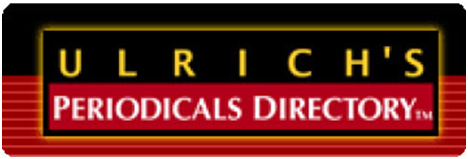




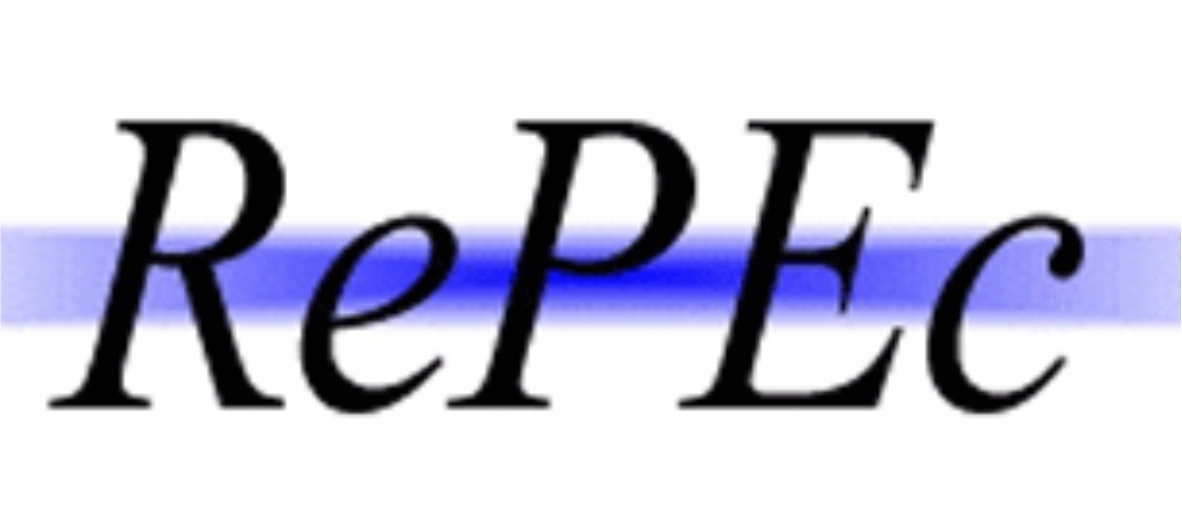

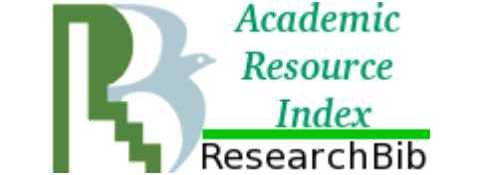
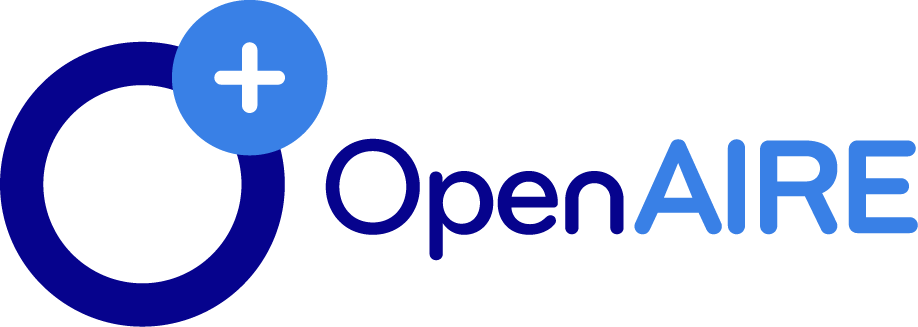
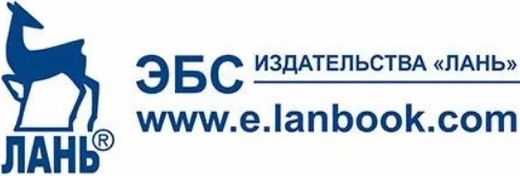
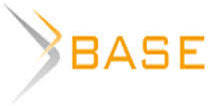


Reference lists
Pp. 689-708.